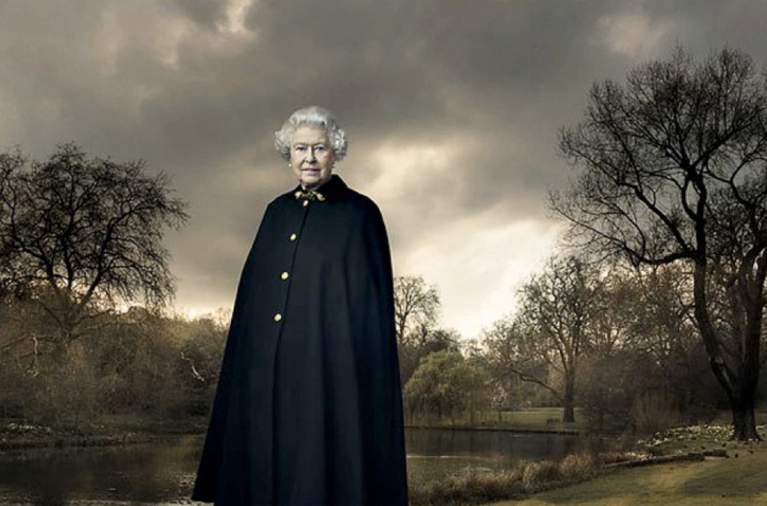I have been wondering…. If software keeps improving, and the young does and bucks of the photography world all shoot digital, what happens when the ideas run out for extra-large, fully saturated colour photographs…. When perfect focus from front to back is no longer enough.

I am sorry to say that perhaps I have my answer in the work of a young photographer from Belgium. His work imitates classic fashion photographs from a golden age. Something a great photographer might have done in the 1960s. Sam Haskins perhaps, or David Bailey…..? Grainy fashion photographs that look very casual, but are actually the culmination of years of practice and skill in the studio and in the darkroom. You can see these images in your mind’s eye.
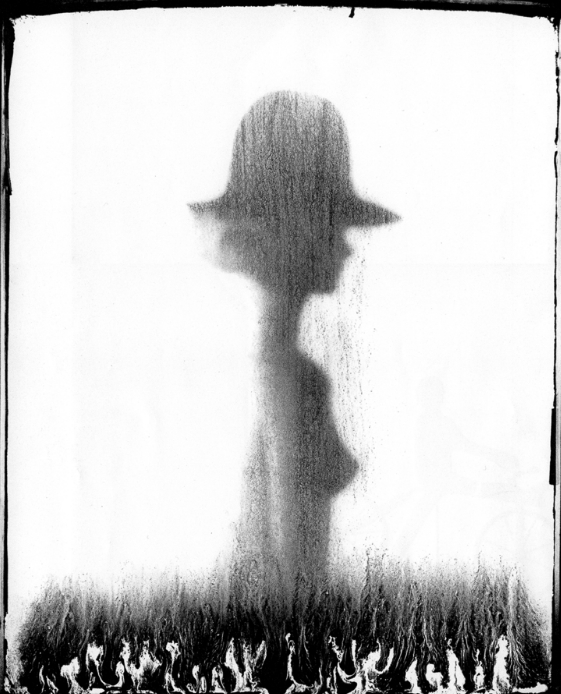
What I find so troubling is that rather than honouring the skill and expertise in lighting and darkroom work of the Masters and putting in the work, the young photographer does what seems all too common, he takes an average photograph using his digital camera and goes in and fixes it on his computer. He does what only a contemporary photographer shooting in digital might do, he disrespects those that paved the way and made his life possible by taking a digital photograph and fixing it to look like something from an age when true Masters of the medium showed off their skills in the studio, behind the camera, and in the darkroom.
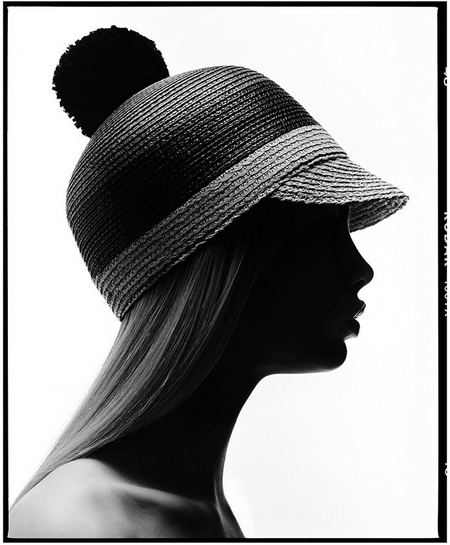
In a recent quote the photographer said:
“I shoot digital but the inspiration of analogue photography is very important and I think I have found a perfect way of having all the advantages of shooting digital but with the complete aesthetics of the analogue photo.”
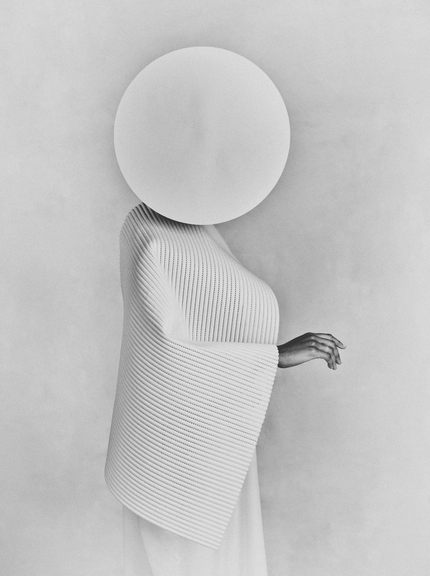
I wonder if it is just being lazy, or simply a sign of the times. A young-ish photographer – born in 1987 – would rather work on a computer using a digital file than setting up the studio and lighting properly and having acquired the skills to execute the perfect shot using the materials that define the medium. For extra measure, he adds in the grain at the end to resemble a classic analogue photograph and ‘Bob’s your uncle’, as they say.
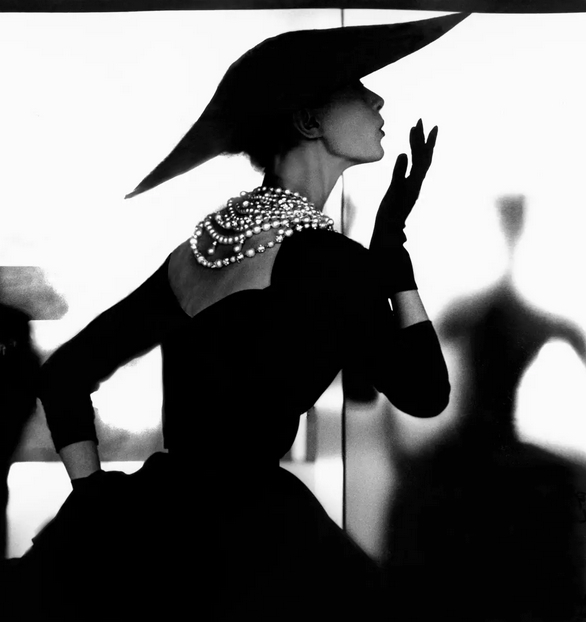
Instant gratification seems to be the new normal. How quickly can I see the image. How quickly can I upload the file and get behind the screen to do my thing, before posting it on Instagram. Coco Chanel said the highest form of flattery is imitation……but to make a dress and copy a silhouette still takes skill. On an average computer you can do most things and I don’t find that particularly flattering. In fact, one might wonder; was there a studio, a model and a hat, or is the whole thing just a jumble of ones and zeros.
As M said: “God, I miss the cold war!”
Harbel


